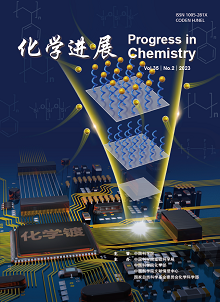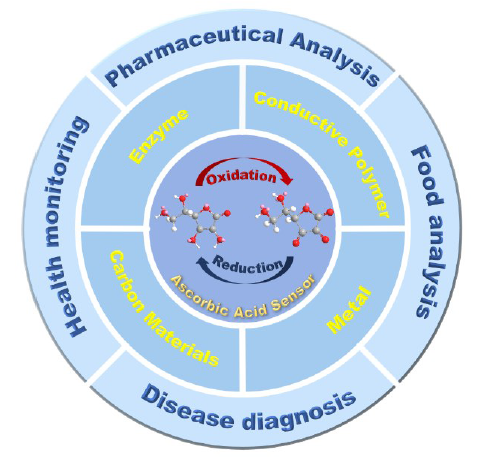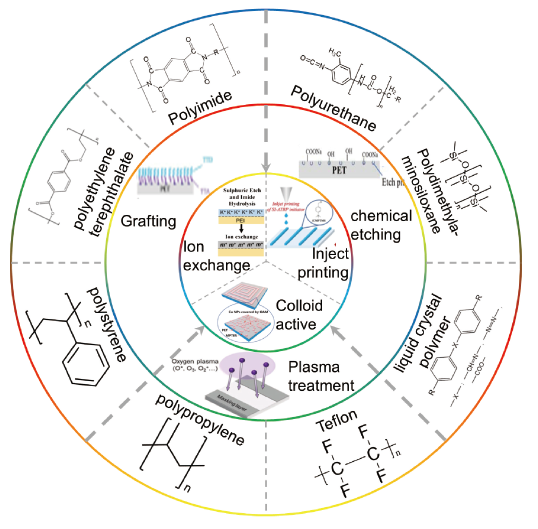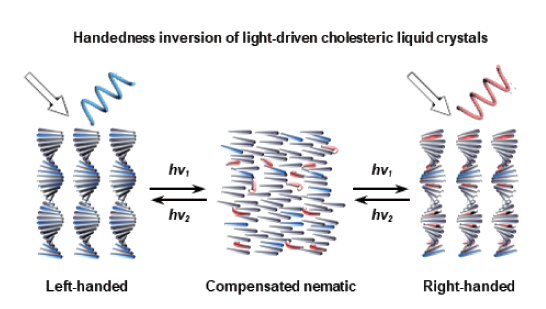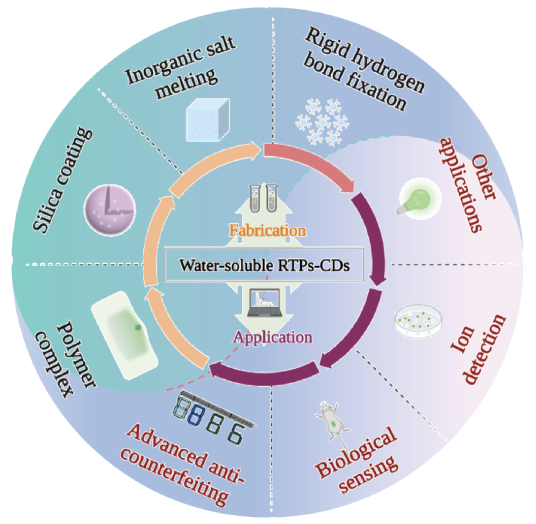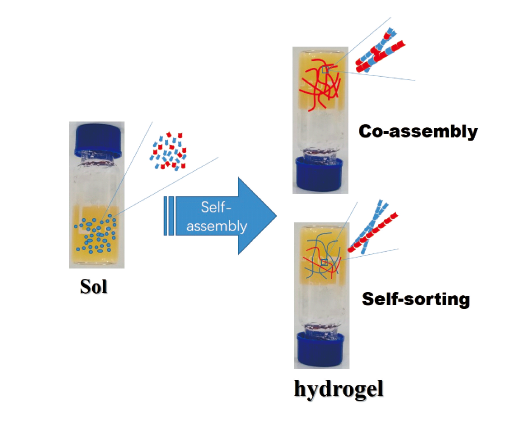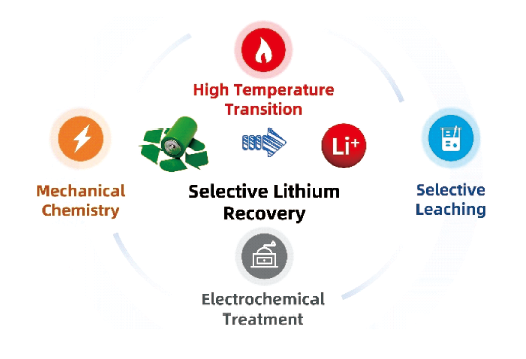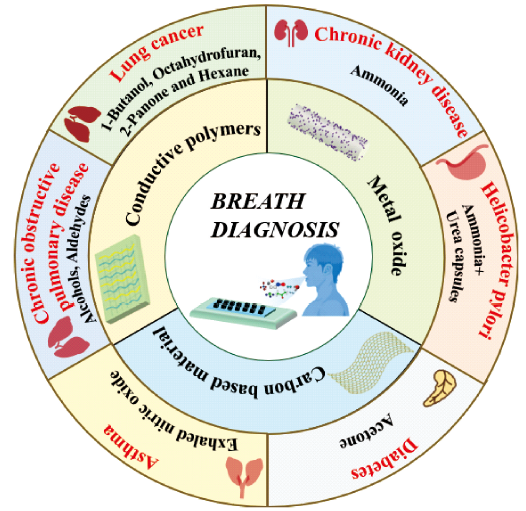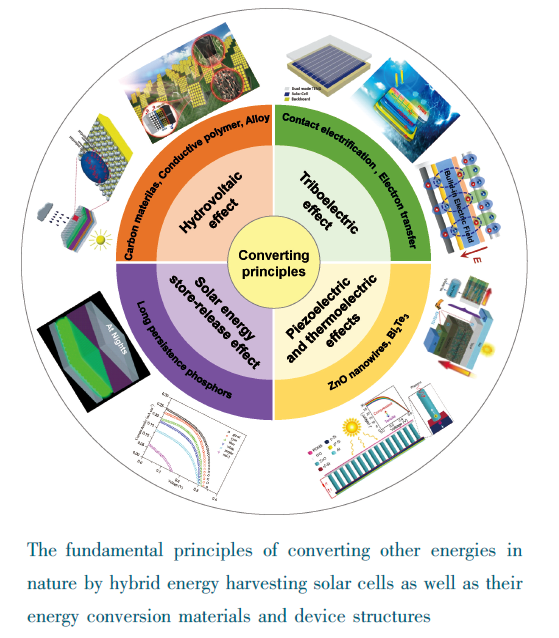Anchen Fu, Yanjia Mao, Hongbo Wang, Zhijuan Cao. Development and Application of Dioxetane-based Chemiluminescent Probes[J]. Progress in Chemistry, 2023, 35(2): 189-205.
Optical analysis is non-destructive, real-time with a specific spatial resolution, which has been developed as an essential technology to study the occurrence, development, diagnosis, and treatment of diseases. It contains fluorescent (FL), bioluminescent (BL) and chemiluminescent (CL) methods. Among them, CL probes with an adamantane-dioxetane chemiluminescence (AD-CL) scaffold attracted much attention. Recently, significant improvement on these probes has been achieved with the elimination of external light source, low phototoxicity, high sensitivity, and a facile system without additional reagents, such as oxidants. Until now, the CL probes were further developed with special modifications and new synthesis routes based on the AD-CL scaffold, realizing the detection and optical imaging of various biomolecules in living systems with enhanced properties. Herein, the recent research progress on AD-CL probes has been reviewed. The review is divided into two parts. The first part will mainly introduce the molecular modification strategy of AD-CL probes and the second part will focus on their application in several cases.
1 Introduction
2 Modification of AD-CL probes
2.1 Intramolecular modification of AD-CL probes
2.2 Supramolecular modification of AD-CL probes
3 Application of AD-CL probes
3.1 Application on small molecules detection
3.2 Application on macromolecules detection
3.3 Application on pathogenic and drug-resistance bacteria detection
3.4 Other application
4 Conclusion and outlook





